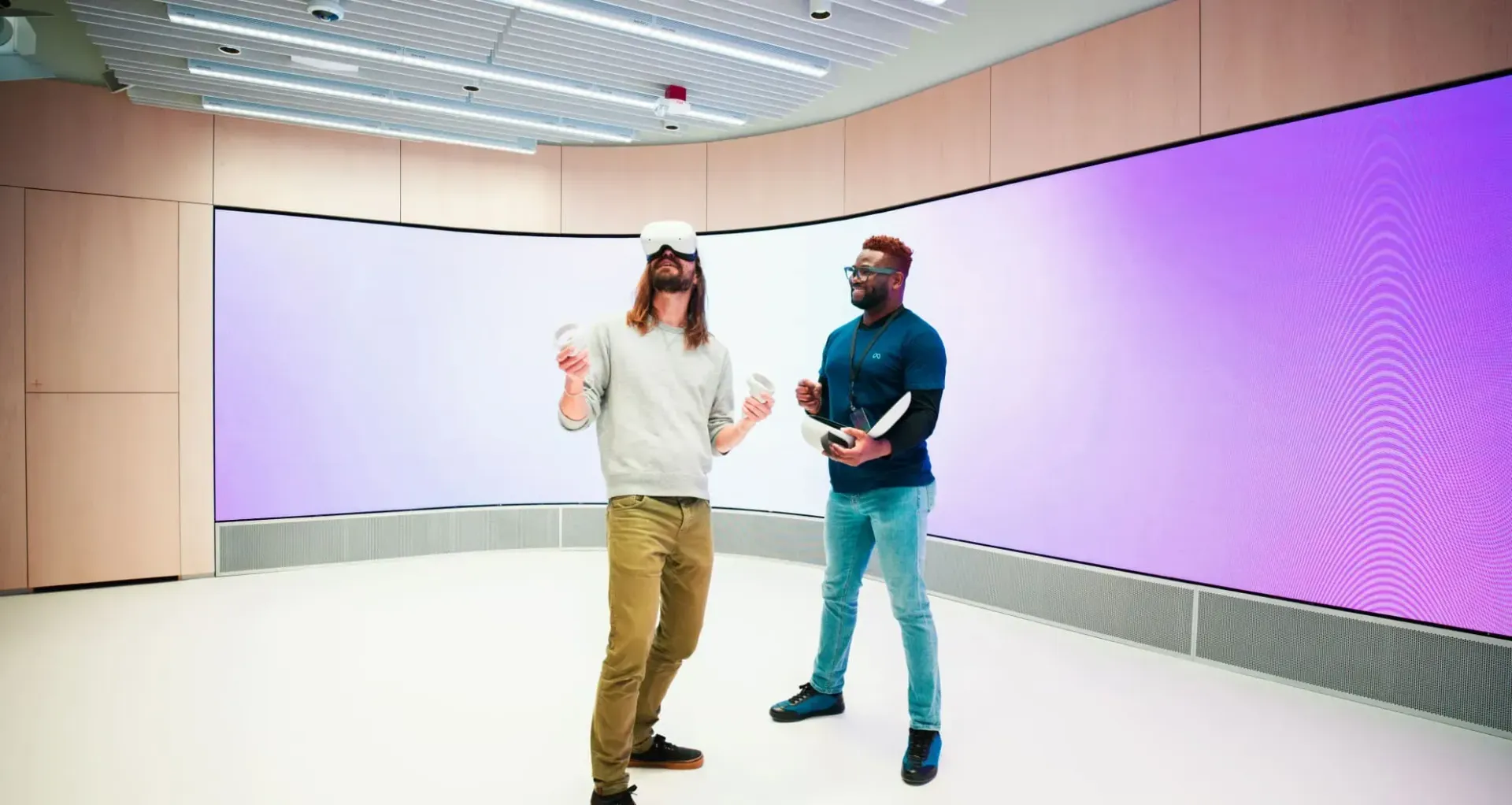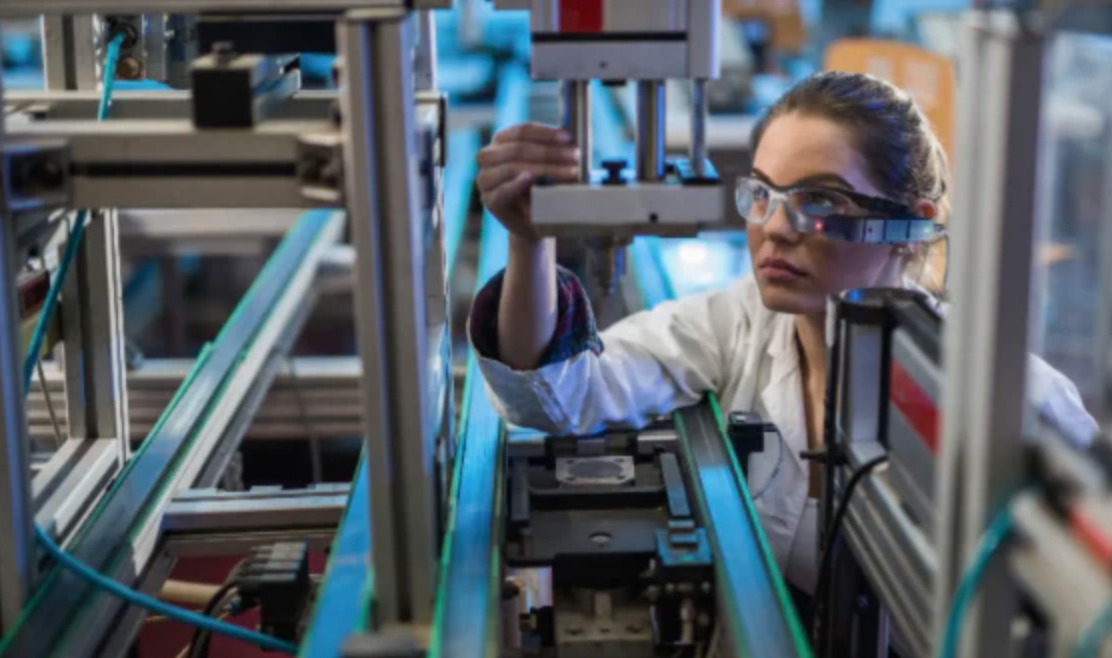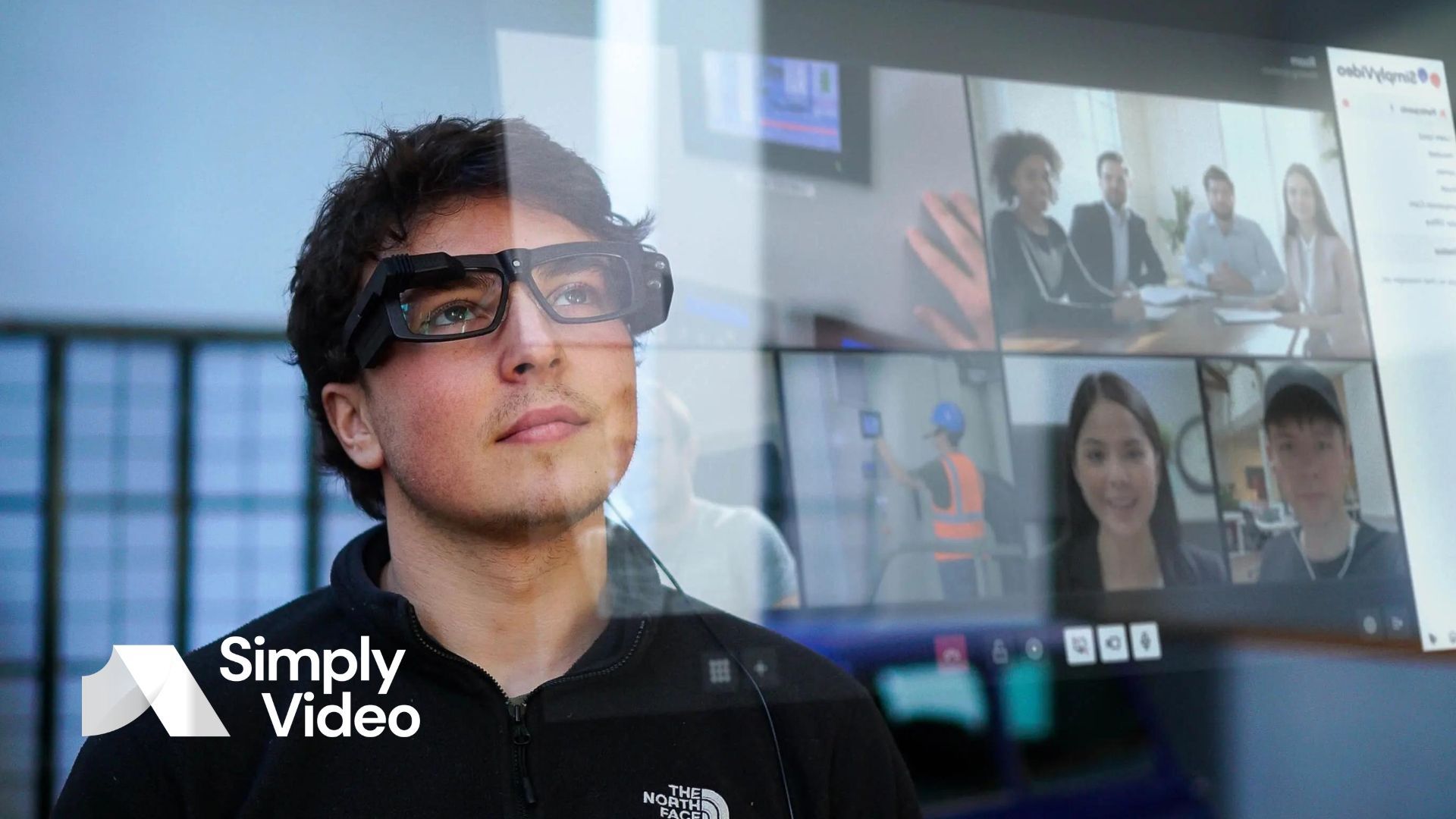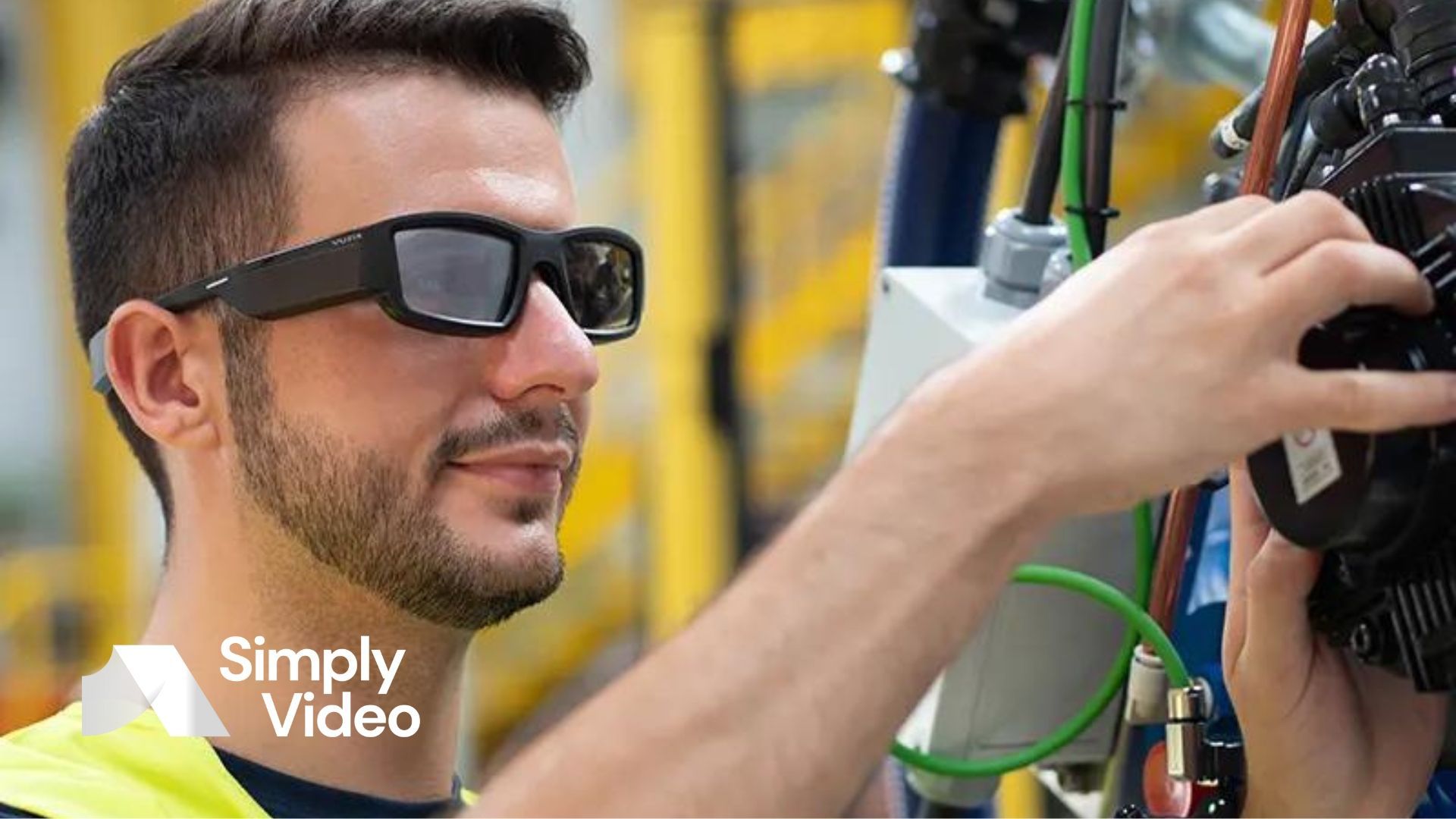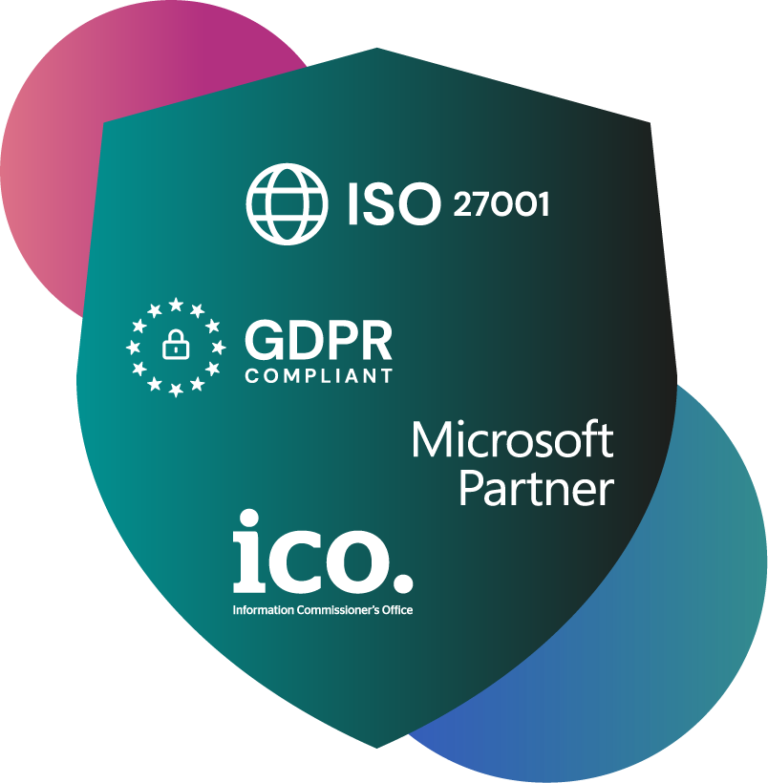What is immersive learning?
Immersive learning is the new frontier in the world of education. Find out how XR technologies can help create engaging, memorable lessons.
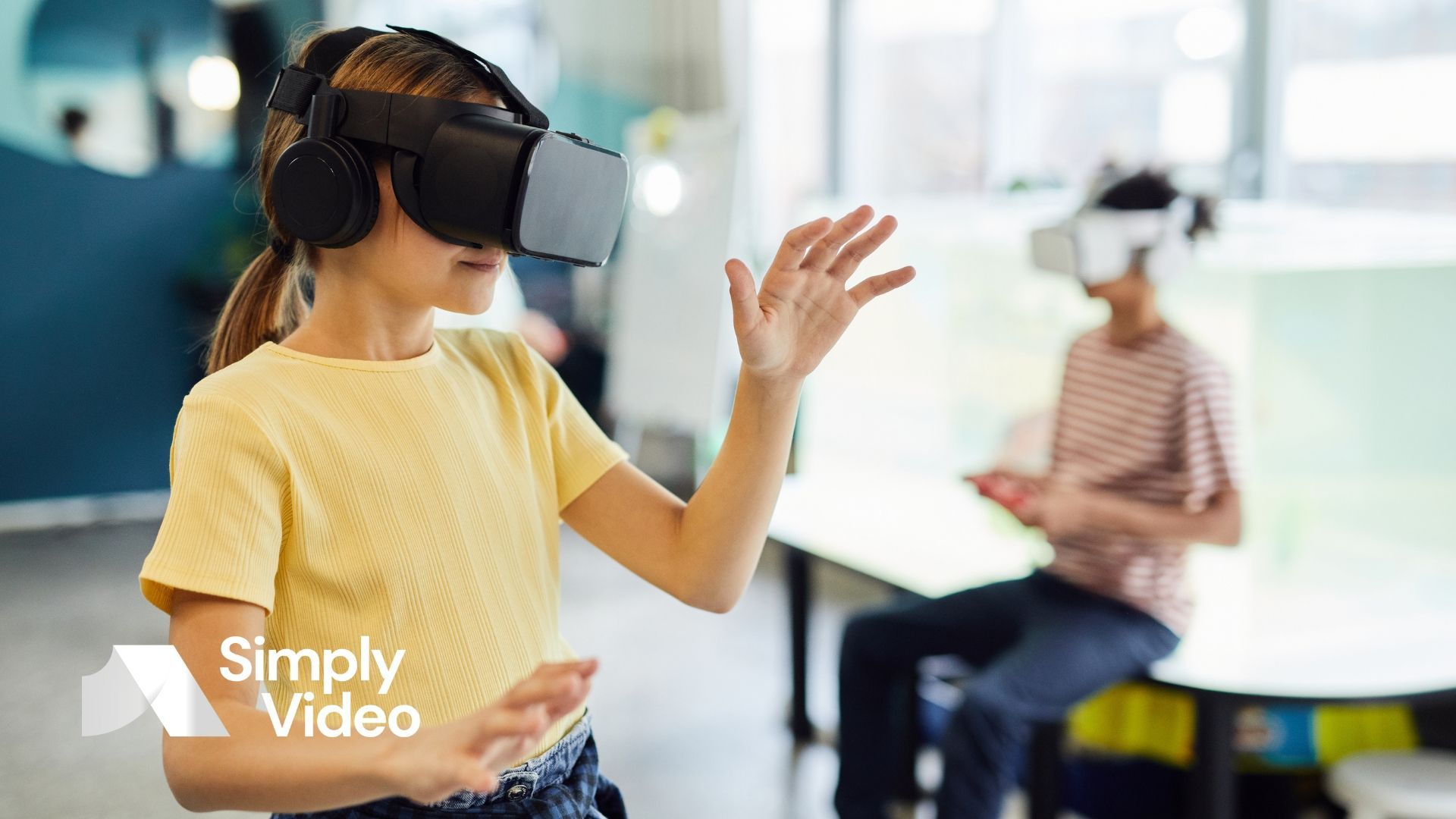
Education is changing all the time. We've come a long way from blackboards, dictations and reciting times tables by rote. Institutions worldwide have embraced smartboards, online homework portals and other innovations.
What all these innovations have in common is a desire to make learning more engaging and more memorable. And immersive learning, the latest arrival to the classroom, is no different.
Imagine a virtual reality (VR) gaming headset. Now imagine the full body immersion it provides, but translated into an educational setting. Instead of perfecting your golf swing, you're now exploring the Pyramids at Giza, or looking at a lifelike simulation of the human heart.
Whether it's used in an educational setting or as part of workplace training, this kind of virtual learning is making waves. It's engaging, memorable and truly participatory.
As Chris Hoffman at UC Berkeley
says: "You can understand a molecule better by seeing it than by trying to look at the molecular formula for it."
At this point, you might be murmuring, "Isn't that what a textbook is for?" or even, "Sure, that can easily be found online". The difference is that extended reality (XR) allows learners to handle these objects.
Sure, you can look at a detailed diagram of a molecule – you could even show a video where the diagram is rotated. But with XR, the learner is in the driver's seat. They can inspect, handle and rotate 3D assets with a tactility that traditional teaching methods just don't afford.
And it's safe. If you want to understand how volcanoes work, a field trip to Eyjafjallajökull could do wonders (it's good for spelling, too). But not only is it costly and hard to organise, it also raises all sorts of safeguarding issues.
XR lets you explore high-risk scenarios and environments from the safety of the classroom. Full immersion, full engagement – it's a new kind of learning that's easy to sell to kids because it's active, collaborative and participatory.
Before we take a look at some recent innovations in the field, let's run through its advantages in a bit more detail.
1. It's exploratory
Education has been drifting away from binary, "yes/no", "right/wrong" teaching styles for a while now. Immersive learning is the apotheosis of student-centred learning through doing.
Far from simply pouring knowledge into the waiting receptacle of a child's head, XR creates opportunities for them to explore. To interact. To really focus – which brings us to our next point…
2. It's free from distractions
These days the world is, as they say,
a
lot. It can be a challenge to focus learners' minds on the task at hand. Even if phones are banned in the classroom, their minds could well be elsewhere.
Nothing new here, of course. But the sheer level of sensory bombardment in today's society can make focus a scarce resource.
XR blocks out the real world. It creates a point of focus and sharpens concentration.
Kids will be kids – but with XR learning, we believe that classroom management will be easier than ever before.
3. It provides a safe space to practise
There are two sides to this.
First, it's safe in the sense that your geography students are in a virtual jungle where the bugs and snakes can't get them.
But it's also safe in the sense that it creates a comfortable space for students to try, fail, try again, fail better and eventually succeed.
Immersive learning gives you real-time feedback. If you make a mistake, you know straight away – but you can also try again immediately. This means that learners are incentivised to practice till perfect without any gaping gap between theory and practice.
4. It's engaging
Remember the episode of
The Simpsons where Bart's class goes on a school trip to a box factory? It's a great encapsulation of the drudgery of some school trips.
With XR, it doesn't have to be that way. You could look at an Egyptian tomb or the paintings of Van Gogh. The sky's the limit.
5. It can be personalised
Planning lessons that work for a range of learning styles is a perennial issue for teachers. With immersive learning, you can be sure that learners are proceeding at their own pace.
Some examples
In Abu Dhabi, UAE,
Sorbonne University offers immersive VR learning. They sing the praises of VR for helping learners to retain information – as well as "empower[ing] faculty members to deliver more impactful and engaging teaching methods".
Meanwhile, in the States, architecture students at UC Berkeley create 3D models of buildings that their peers can virtually explore.
This innovation was brought about by the pandemic when traditional teaching methods weren't possible – but it continues to bring fresh perspectives to learners in the post-pandemic era.
The same institution's Egyptology department has a VR experience that takes you on a tour of Egyptian burial sites. Users enter different crypts and use a controller to see hieroglyphics that are then translated.
What's next?
Immersive learning is still a relatively recent innovation – so plenty of research is being done to explore its benefits and possibilities.
Meta has supported a project at the University of Glasgow to study the benefits of immersive technologies for education.
It will look at "practical and operational considerations" like teacher capacity and deployment in the classroom. Its findings will be presented as a whitepaper sometime in 2023.
Whatever happens next, there's a definite appetite for this new style of learning. A survey by the XR Association (XRA) and the International Society for Technology in Education (ISTE) revealed that 77% of respondents "believe in the power of extended reality to ignite curiosity and engagement in class".
Igniting curiosity and engagement – we couldn't have put it better if we tried.
SimplyVideo Stage
At SimplyVideo, we've created Stage – a platform that teachers can use to create immersive virtual classrooms.
Whether you want to explore Mount Rushmore or examine a 3D visualisation of the human skeleton, Stage creates exciting new opportunities for engaging, collaborative and – above all – immersive learning.
All the world's your Stage. Get to know our
immersive learning platform today.
